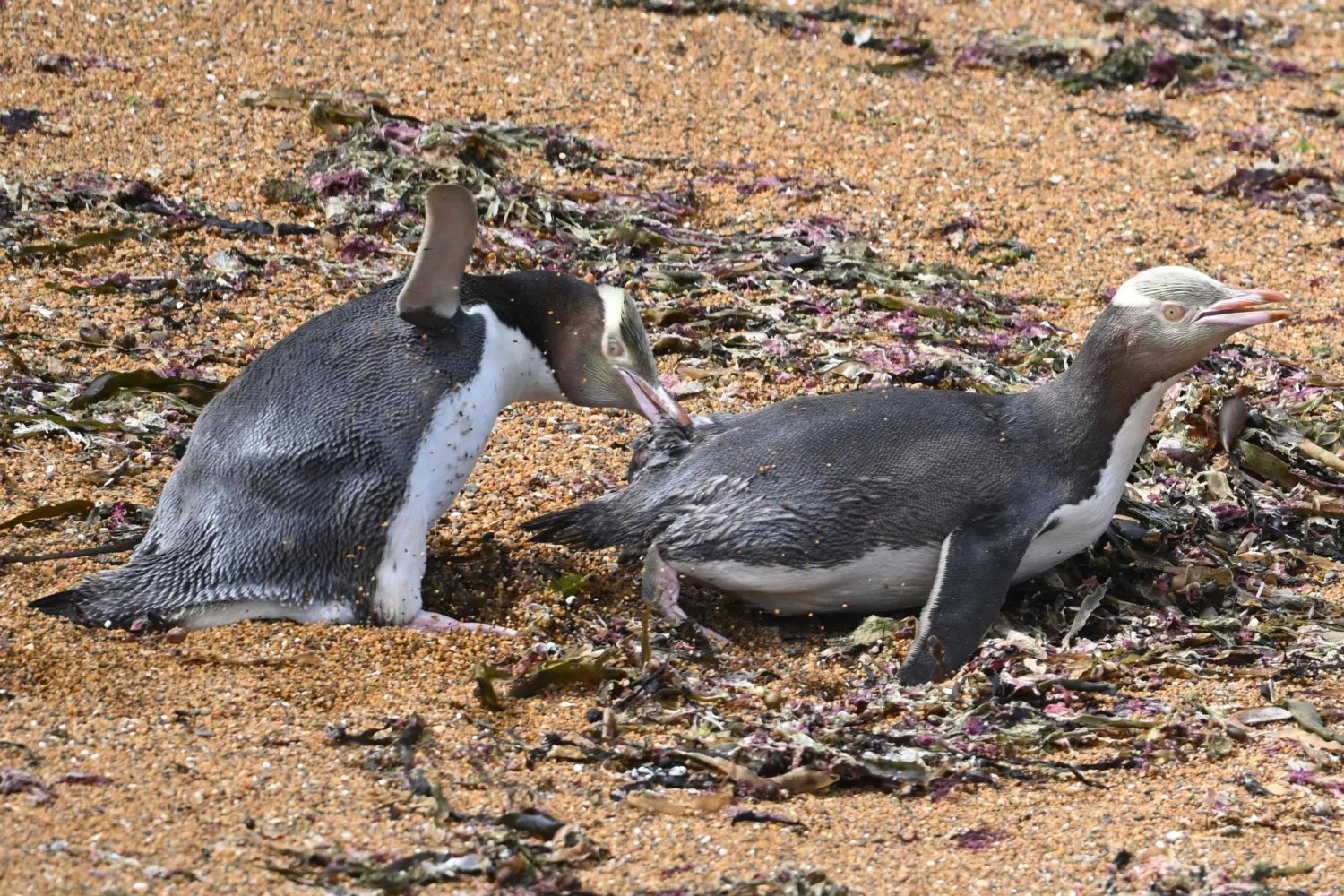Sudanese environmental activists have launched a campaign to gather 10 million signatures supporting the fight against climate change impact in Sudan by 2030.
The campaign targets university students, environment and climate advocates, and all people who might be interested. The Sudanese Sustainability Initiative, which launched the campaign, seeks to polarize the younger generation given the crucial role they can play in changing their community.
Rafka Bakri, programs coordinator at the Sudanese Sustainability Initiative, says: "The campaign, in addition to many projects such as "Green," and "Sustainability," are part of the initiative's 13th goal focusing on climate change.
Rafka sees that despite the lost time and the growing climate crisis, awareness of the environmental issues is still weak among the youth.
Activist Mohammed Abdullah Harasi hopes the campaign would achieve its goal and collect the 10 million signatures needed to support the climate-related efforts, and protect the environment by encouraging youth on launching programs that promote a cleaner environment, and raise awareness of the importance of reducing harmful emissions.
Holding a poster highlighting the climate change challenge, Asia Abu Jadiri, head of the campaign explains their plan to collect the signatures, saying: "We are committed to four goals, including the fight against climate change. We work in partnership with prominent universities like Al Khartoum University, Omdurman Ahlia University, and the Bahri University."
Abu Jadiri believes environmental issues in her country are many and lack the required attention. "We encourage youth to use eco-friendly products, build green sustainable cities, protect rivers, seas, and forests, in addition to recycling wastes and preserving the environment to achieve the 2030 strategy," she noted.
Abu Jadiri sees that adjusting environmental behaviors will make a difference on the long term, especially that 60 percent of the Sudanese population are youth, and the contribution of those 10 million young men and women will remarkably change the worsening environmental situation in Sudan.
"The 10 million signature campaign is not our first project. We started in 2018 in response to the global and deep movement for the climate, and following the democratic shift in Sudan, which recognized the great role played by the younger generation and its will to build a better society. We have many projects including "Green," in which we forested large lands and planted thousands of trees to promote the idea of a greener city. For a better environmental awareness, we launched the Sustainability Forum to discuss sustainability matters and study the successful experiences in this field; we also launched the Studio Program on social media to share lectures highlighting the goals of sustainability."
Among the campaign members is the Sudanese team partaking in the world climate challenge organized by the US organization The Green Team Academy.
Sudan submitted a report in 2020 on the environmental status in the country. It is the first to cover all the environmental conditions in the country and the trends that affected it following the conflict. The report also combined several field studies on the environmental impact of the conflict, which ended with a comprehensive peace agreement in 2005.









